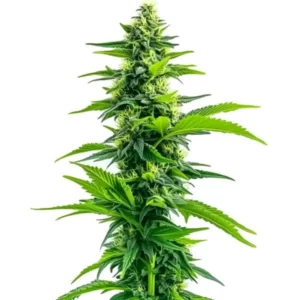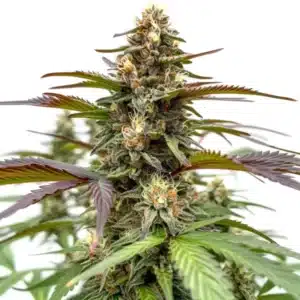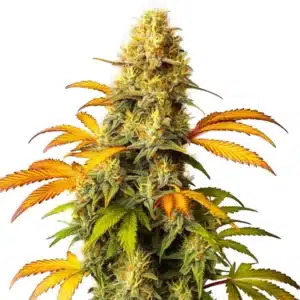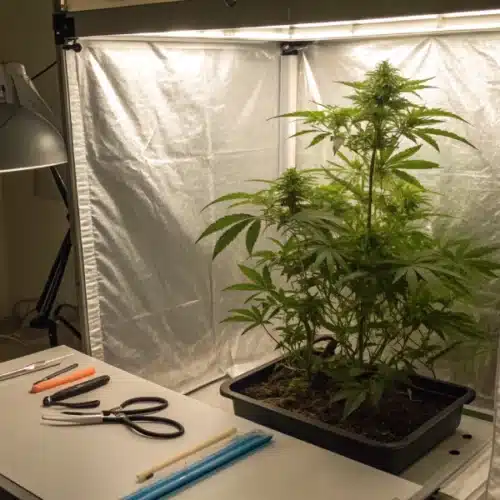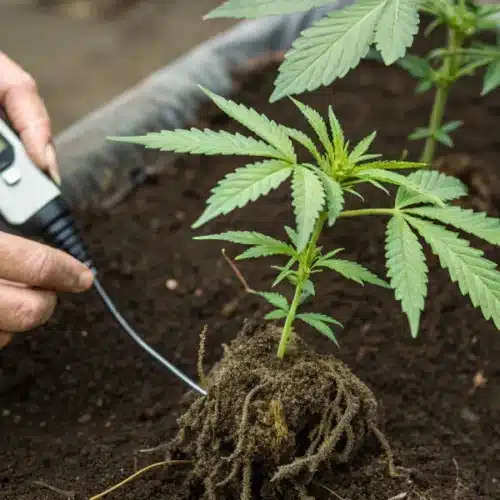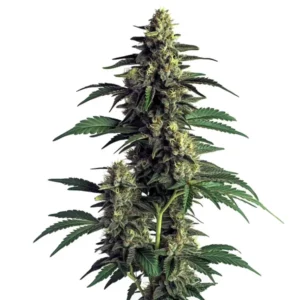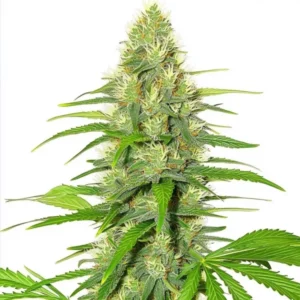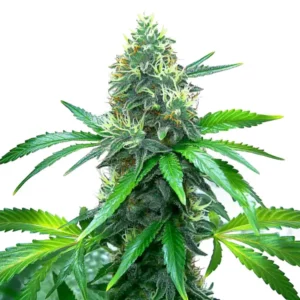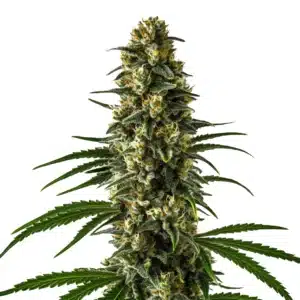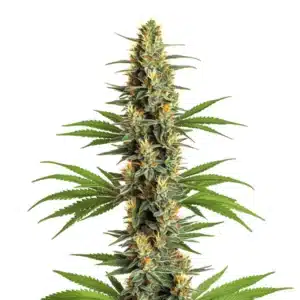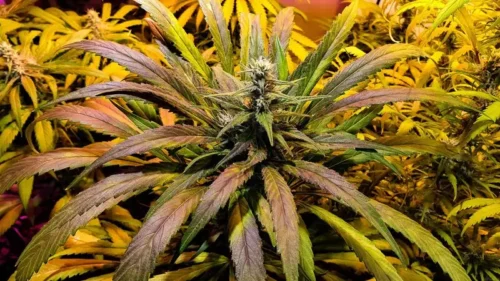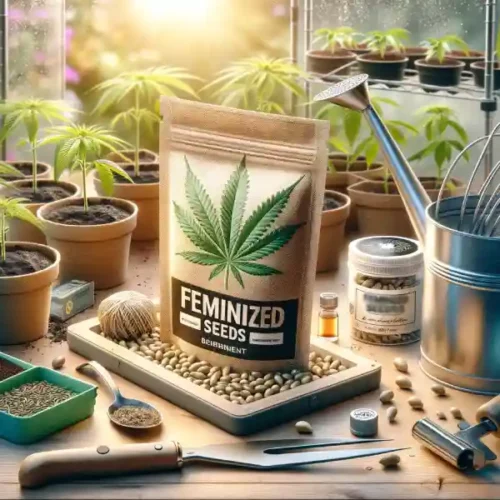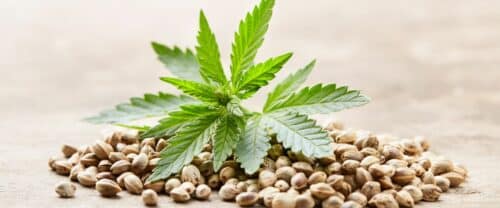Demystifying Photoperiod Cannabis Seeds
When diving into the world of cannabis cultivation, one of the first terms you’ll encounter is photoperiod seeds. These seeds are a favorite among both novice and seasoned growers, offering a level of control over the growing cycle that’s unmatched. But what exactly are photoperiod cannabis seeds, and why should you consider them for your next grow?
Photoperiod cannabis seeds are genetically designed to start flowering based on the light cycle they’re exposed to. Unlike autoflowering strains, which begin to flower after a specific time period regardless of light exposure, photoperiod plants require a shift in the light schedule to trigger the flowering phase. This characteristic gives growers more flexibility to maximize plant size and yield.
So, why does this matter? For those looking to optimize their cannabis cultivation, the nuances of photoperiod seeds is crucial. These seeds allow for greater control over the vegetative and flowering stages, enabling you to tailor the growing environment to achieve the best possible results.
Promos & Deals
Photoperiod Seeds vs. Autoflowering Strains
Choosing between photoperiod and autoflowering cannabis strains can be a pivotal decision for any grower. Each type has its unique benefits and drawbacks, making it essential to weigh them against your specific needs and growing conditions. Let’s delve deeper into the pros and cons of both to help you make an informed choice.
The Benefits of Photoperiod Seeds
- Control Over Growth Cycle
- Extended Vegetative Phase: Photoperiod seeds allow growers to extend the vegetative phase as long as they want by maintaining an 18-24 hour light cycle. This results in larger plants and potentially higher yields.
- Tailored Flowering Time: By shifting to a 12/12 light cycle, you decide exactly when your plants start to flower. This control can be beneficial for synchronizing harvest times or adjusting for seasonal changes if growing outdoors.
- Potential for Higher THC Levels
- Enhanced Potency: Many photoperiod strains are known for their higher THC content. This makes them a preferred choice for those seeking potent effects, whether for recreational or medicinal purposes.
- Strain Selection: The diversity in photoperiod strains is vast, providing options that cater to specific needs such as flavor profiles, effects, and cannabinoid content.
- Customization and Training
- Plant Training Techniques: Techniques like topping, fimming, and low-stress training (LST) are more effective with photoperiod plants. These methods can enhance light penetration and increase bud sites, leading to higher yields.
- Environmental Adaptation: Photoperiod plants can be better adapted to various growing conditions since growers have more time to correct any issues during the vegetative phase.
The Drawbacks of Photoperiod Seeds
- Longer Growth Cycle
- Extended Timeline: The longer vegetative phase can mean a total grow cycle of 3-6 months from seed to harvest. This extended timeline might not be ideal for those looking for a quick turnaround or multiple harvests in a year.
- More Maintenance
- Light Management: Managing the light schedule requires more attention and equipment, such as timers and possibly more sophisticated lighting systems. Consistent maintenance is crucial to prevent light leaks that could stress the plants or cause them to revert to vegetative growth.
- Sensitivity to Light Cycles
- Stress Factors: Photoperiod plants can be sensitive to interruptions in their light cycle, which can cause them to become hermaphroditic or revert to vegetative growth. Ensuring complete darkness during the 12-hour dark period is essential for successful flowering.
The Benefits of Autoflowering Strains
- Faster Harvest
- Quick Turnaround: Autoflowering strains typically have a shorter growth cycle, often ready to harvest in 8-10 weeks from seed. This rapid growth is ideal for growers looking to achieve multiple harvests in a single season.
- Shorter Time to Flower: Unlike photoperiod plants, autoflowering strains begin to flower based on age, usually within 2-4 weeks regardless of the light cycle.
- Simplicity and Ease of Growth
- Less Light Sensitivity: Autoflowering plants do not rely on light cycle changes to flower, making them easier to manage for beginners. They can thrive under a continuous 18-24 hour light cycle from seed to harvest.
- Resilience: Many autoflowering strains are bred for robustness and can withstand less-than-ideal growing conditions better than photoperiod plants.
- Compact Size
- Space Efficiency: Autoflowering strains tend to be smaller and more compact, making them ideal for indoor growers with limited space or for those who want to keep their cultivation discreet.
The Drawbacks of Autoflowering Strains
- Limited Control Over Growth
- Predetermined Lifecycle: The fixed lifecycle of autoflowering strains means less control over the vegetative and flowering phases. Growers cannot extend the vegetative phase to increase plant size or yields.
- Less Opportunity for Training: Since autoflowers transition to flowering quickly, there is less time for training techniques that increase yield.
- Potentially Lower THC Levels
- Reduced Potency: Autoflowering strains often have lower THC levels compared to photoperiod strains. While breeding advancements are closing this gap, photoperiod strains generally remain more potent.
- Yield Limitations
- Smaller Harvests: The compact size of autoflowering plants can result in smaller yields per plant. While multiple harvests per year can offset this, the per-plant yield is typically less than that of photoperiod strains.
Making the Decision: Photoperiod or Autoflower?
When deciding between photoperiod and autoflowering strains, consider your growing environment, experience level, and personal goals.
- Growing Environment: If you have a controlled indoor environment and can manage light schedules, photoperiod seeds offer more flexibility and potential for higher yields. If you’re growing outdoors or want a simpler indoor setup, autoflowering strains might be more suitable.
- Experience Level: Novice growers may find autoflowering strains easier to manage due to their resilience and shorter growth cycle. Experienced growers who want to experiment with plant training and optimize yields might prefer photoperiod seeds.
- Personal Goals: Consider whether your priority is rapid harvests and simplicity (autoflowers) or control over growth and potential for higher yields and potency (photoperiods).
Both photoperiod and autoflowering cannabis strains play important roles in cultivation. By recognizing their unique traits and matching them to your specific needs, you can make a well-informed choice that improves your growing experience and success.
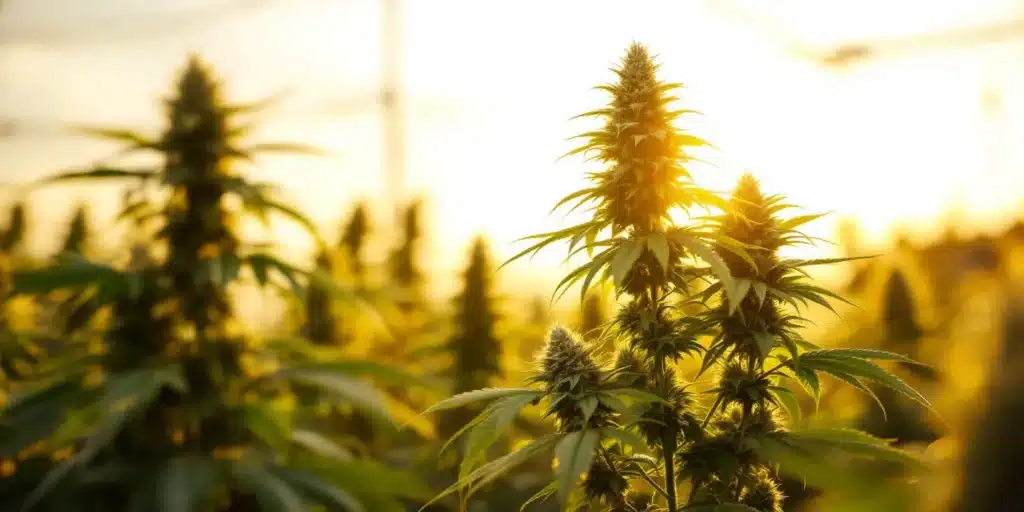
The Life Cycle of Photoperiod Cannabis Seeds
To fully grasp the potential of photoperiod seeds, it’s essential to understand their life cycle. This knowledge will empower you to optimize each stage of growth, ensuring a bountiful and potent harvest.
Germination
The journey of a photoperiod seed begins with germination. This initial stage is crucial, as it sets the foundation for the plant’s future growth. Proper germination techniques can significantly impact the overall health and yield of your cannabis plants.
Seedling Stage
After germination, the plant enters the seedling stage. During this period, it’s vital to provide adequate light, water, and nutrients to support healthy development. The seedling stage is characterized by the growth of the first true leaves, which will enable the plant to begin photosynthesis.
Vegetative Stage
The vegetative stage is where photoperiod seeds truly shine. With the ability to extend this phase by maintaining a longer light cycle (typically 18-24 hours of light), growers can encourage substantial plant growth. This period focuses on developing a robust root system and a sturdy plant structure, preparing it for the flowering phase.
Flowering Stage
The transition to the flowering stage is triggered by altering the light cycle to 12 hours of light and 12 hours of darkness. This change signals to the plant that it’s time to start producing flowers. The flowering stage is critical for developing buds, which will eventually be harvested and consumed. Managing factors such as light, nutrients, and humidity during this phase is essential for maximizing yield and potency.
Harvest
Once the flowering stage reaches its peak, it’s time to harvest. Proper timing is crucial, as harvesting too early or too late can impact the quality and potency of the final product. Trichome development and coloration are often used as indicators to determine the optimal harvest time.

Advantages of Photoperiod Cannabis Seeds
Photoperiod cannabis seeds offer several distinct advantages that make them a preferred choice for many growers. These benefits can help you decide whether these seeds align with your cultivation goals.
Higher Yields
One of the primary advantages of photoperiod seeds is their potential for higher yields. By controlling the vegetative stage, you can grow larger plants with more bud sites, resulting in a more substantial harvest.
Enhanced Potency
Photoperiod strains often produce more potent buds with higher THC levels. This is particularly appealing to those seeking strong effects for either recreational or medicinal use.
Greater Control Over Plant Development
With photoperiod seeds, you have the flexibility to control the plant’s growth phases by adjusting the light cycle. This allows for more precise management of the plant’s size, shape, and overall health.
Longer Growing Season
Photoperiod seeds can be kept in the vegetative stage for extended periods, which is beneficial for growers looking to produce large, robust plants. This extended growing season can lead to increased yields and higher-quality buds.
How Much Do Photoperiods Yield?
Yield is a key factor for many growers, and knowing what to expect from photoperiod seeds can help you plan your cultivation strategy effectively.
Indoor Yields
Indoor growers can expect yields ranging from 400 to 600 grams per square meter, depending on the strain and growing conditions. Factors such as lighting, nutrients, and plant training techniques can significantly impact the final yield.
Outdoor Yields
Outdoor yields can be even more impressive, often reaching between 500 to 1,000 grams per plant. The natural light cycle and larger growing space allow for more substantial plant development, leading to higher yields.
Factors Influencing Yield
Several factors can influence the yield of photoperiod cannabis plants:
- Light Quality and Intensity: High-quality, intense light sources can boost plant growth and increase yields.
- Nutrient Management: Providing the right nutrients at the right times is crucial for maximizing yield.
- Plant Training Techniques: Methods such as topping, pruning, and training can enhance bud production and overall plant health.
- Environmental Control: Maintaining optimal temperature, humidity, and air circulation can prevent stress and promote healthy growth.
By optimizing these factors, you can fully enhance the yield potential of your photoperiod cannabis seeds.
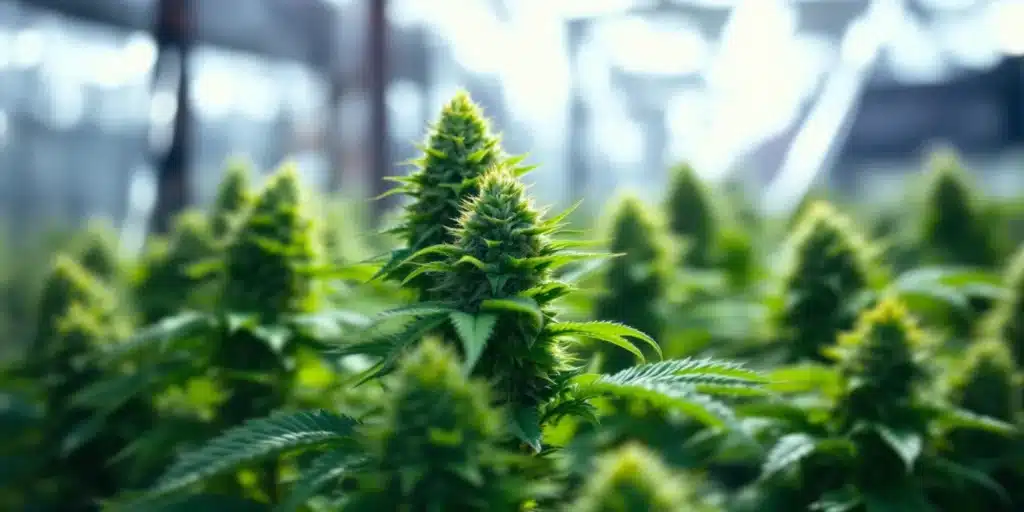
FAQs About Photoperiod Seeds
What Light Schedule is Best for Photoperiod Seeds?
During the vegetative stage, a light schedule of 18-24 hours of light is recommended. For the flowering stage, switch to a 12/12 light schedule to trigger bud development.
Can Photoperiod Seeds be Grown Outdoors?
Yes, photoperiod seeds can be grown outdoors. However, outdoor growers must rely on the natural light cycle to induce flowering, which typically occurs as the days get shorter in late summer and early fall.
What Nutrients Do Photoperiod Plants Need?
Photoperiod plants require a balanced nutrient regimen that includes nitrogen, phosphorus, and potassium. During the vegetative stage, higher nitrogen levels are beneficial, while flowering plants require more phosphorus and potassium.
How Can I Maximize Yield with Photoperiod Seeds?
To maximize yield, focus on optimizing light, nutrients, and growing conditions. Techniques such as topping, pruning, and training can also help increase bud production and overall plant health.


